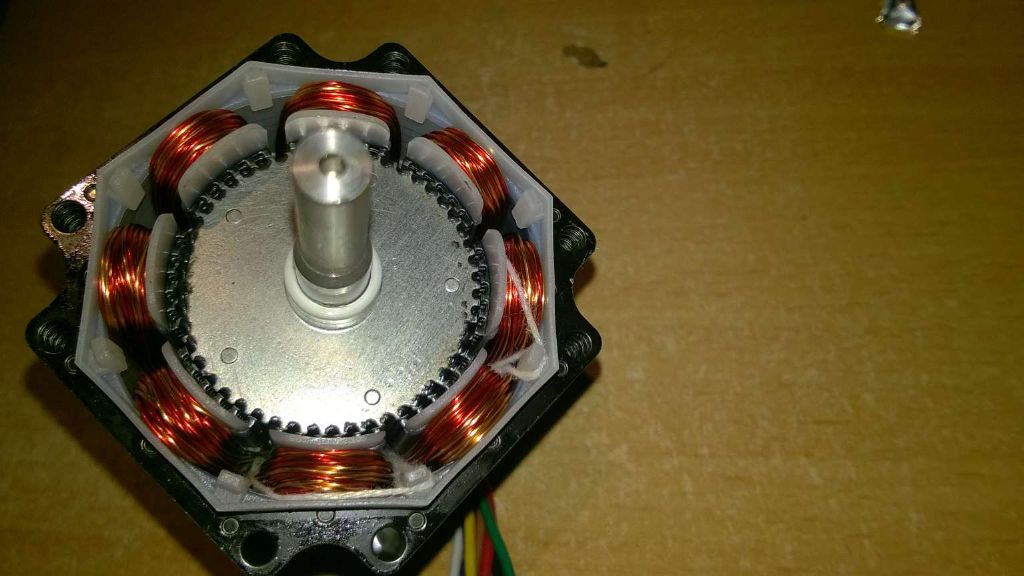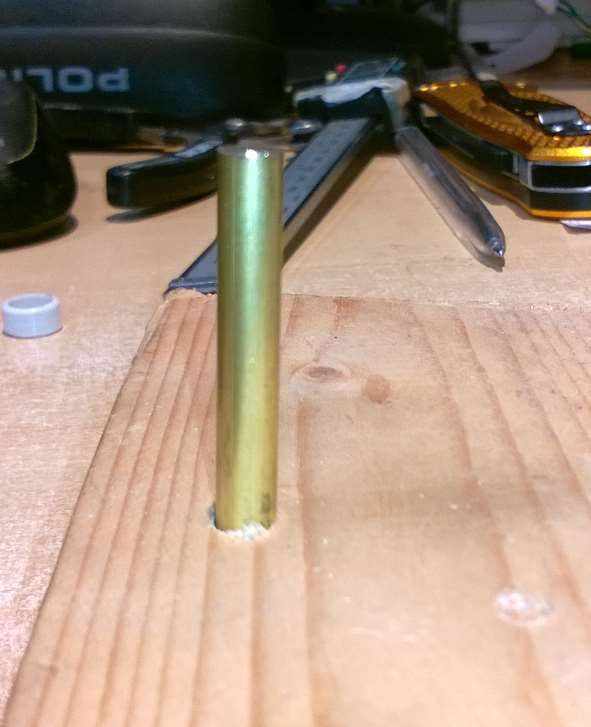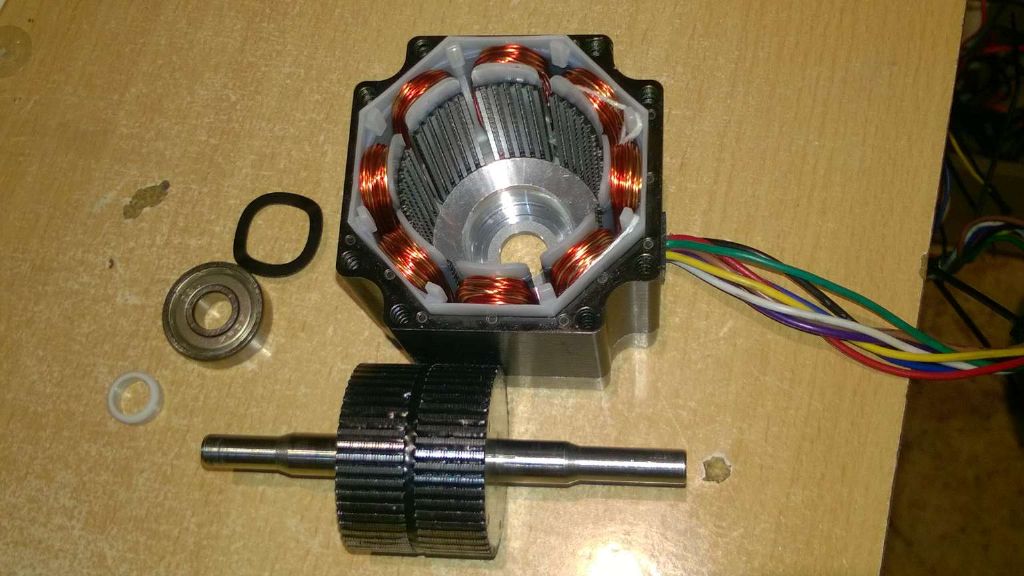Oh dear – splinters or something worse in CNC
Oh dear – splinters or something worse in CNC
- This topic has 22 replies, 12 voices, and was last updated 17 November 2016 at 11:45 by
Ian S C.
Viewing 23 posts - 1 through 23 (of 23 total)
Viewing 23 posts - 1 through 23 (of 23 total)
- Please log in to reply to this topic. Registering is free and easy using the links on the menu at the top of this page.
Latest Replies
Viewing 25 topics - 1 through 25 (of 25 total)
-
- Topic
- Voices
- Last Post
Viewing 25 topics - 1 through 25 (of 25 total)
Latest Issue
Newsletter Sign-up
Latest Replies
- Dodgy car parts a new low
- Scam email
- Change Wheels
- Small horizontal mill – capabilities?
- Metric Thread Cutting Without Conversion Wheel
- Emco FB2 and Maximat Mill?
- minimag set up
- Power hacksaw – powerful banging when running
- Anyone know about wells and Victorian plumbing?
- My week this week! My workshop videos


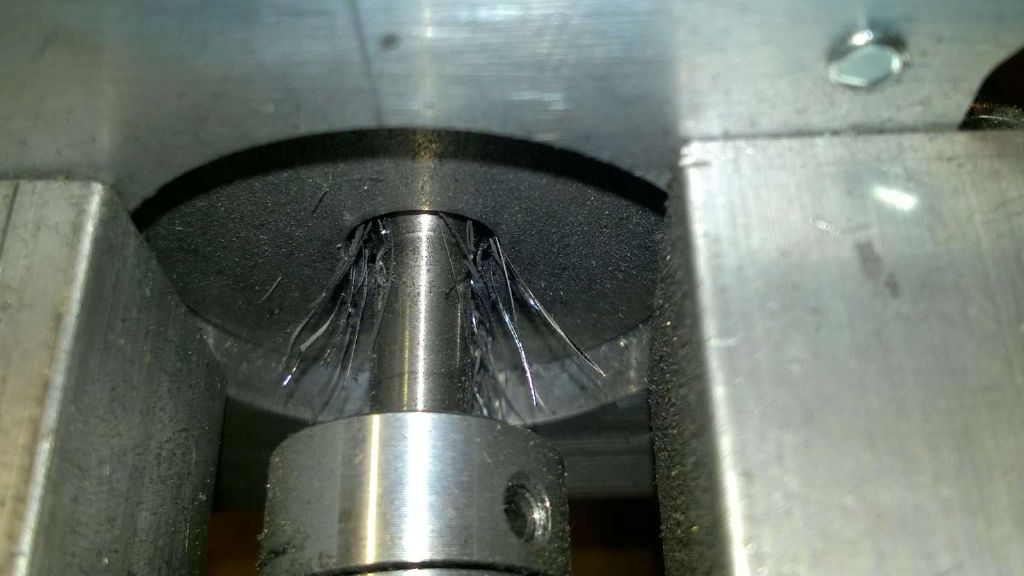
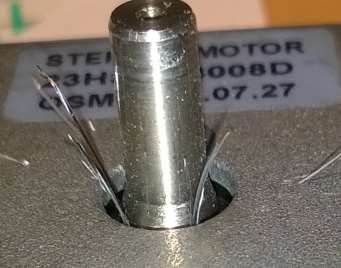
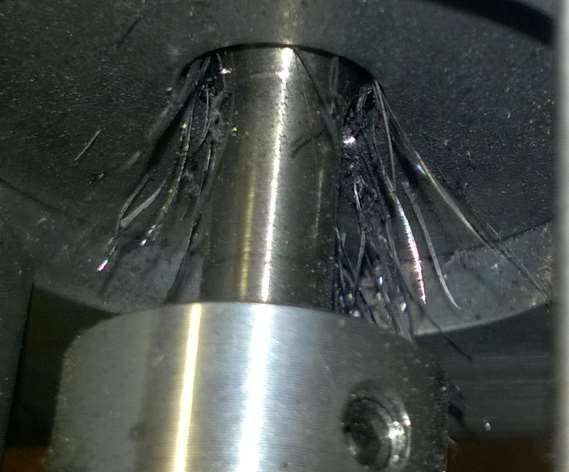
 .
.